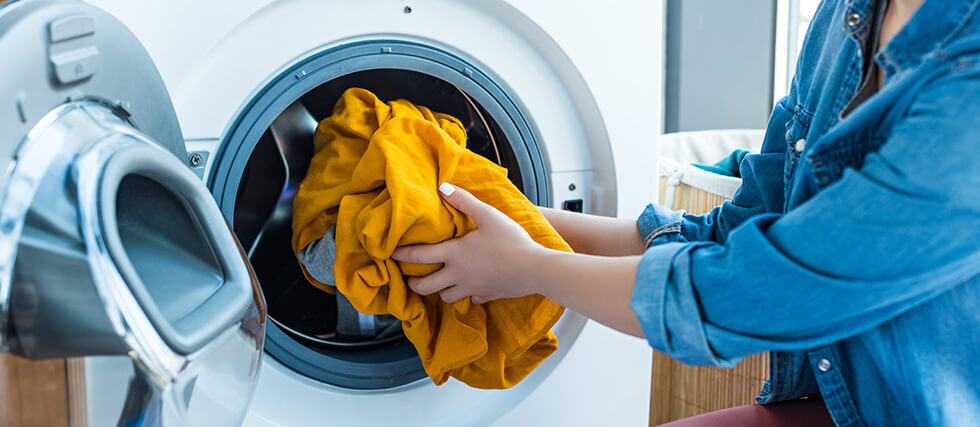5 All-Natural Laundry Tricks to Clean Your Clothes Without Chemicals—And Why You Should Ditch Chemical Detergents
Freshen up your laundry routine—no bleach necessary.
The average American family washes about 50 pounds of laundry each week, exposing their clothes, skin, and home to a variety of chemical-laden detergents and softeners. Many commercial laundry products contain synthetic fragrances, preservatives, and harsh surfactants that can irritate sensitive skin, disrupt hormones, and pollute waterways. Opting for natural alternatives helps protect your health and the environment while still keeping clothes fresh and clean.
Why Chemical Detergents Are Bad for You
Many traditional detergents contain phosphates and sulfates, which can strip natural oils from fabrics and irritate skin. Some brands also use optical brighteners—chemicals that make clothes appear whiter but don’t actually clean them. These residues stay on fabrics, potentially causing allergies and contributing to water pollution when washed away.
5 Natural Laundry Hacks for a Chemical-Free Wash
1. Use Vinegar as a Natural Fabric Softener
White vinegar dissolves detergent residue, removes musty odors, and keeps towels fluffy. Just add it to the fabric softener compartment.
2. Add Essential Oils for Freshness
Lavender and tea tree essential oils are naturally antibacterial and help fight mildew. Mix a few drops with vinegar or detergent.
3. Brighten with Baking Soda
Adding ½ cup of baking soda to the rinse cycle helps neutralize odors and brighten whites.
4. Skip Dryer Sheets—Use Dryer Balls
Dryer sheets coat fabrics with chemicals. Instead, use wool dryer balls or tennis balls to speed up drying and soften clothes naturally.
5. Fold Clothes While They’re Warm
Reduce wrinkles without ironing by folding clothes fresh from the dryer.
Switching to natural laundry alternatives keeps your clothes cleaner, your home healthier, and the planet safer.




